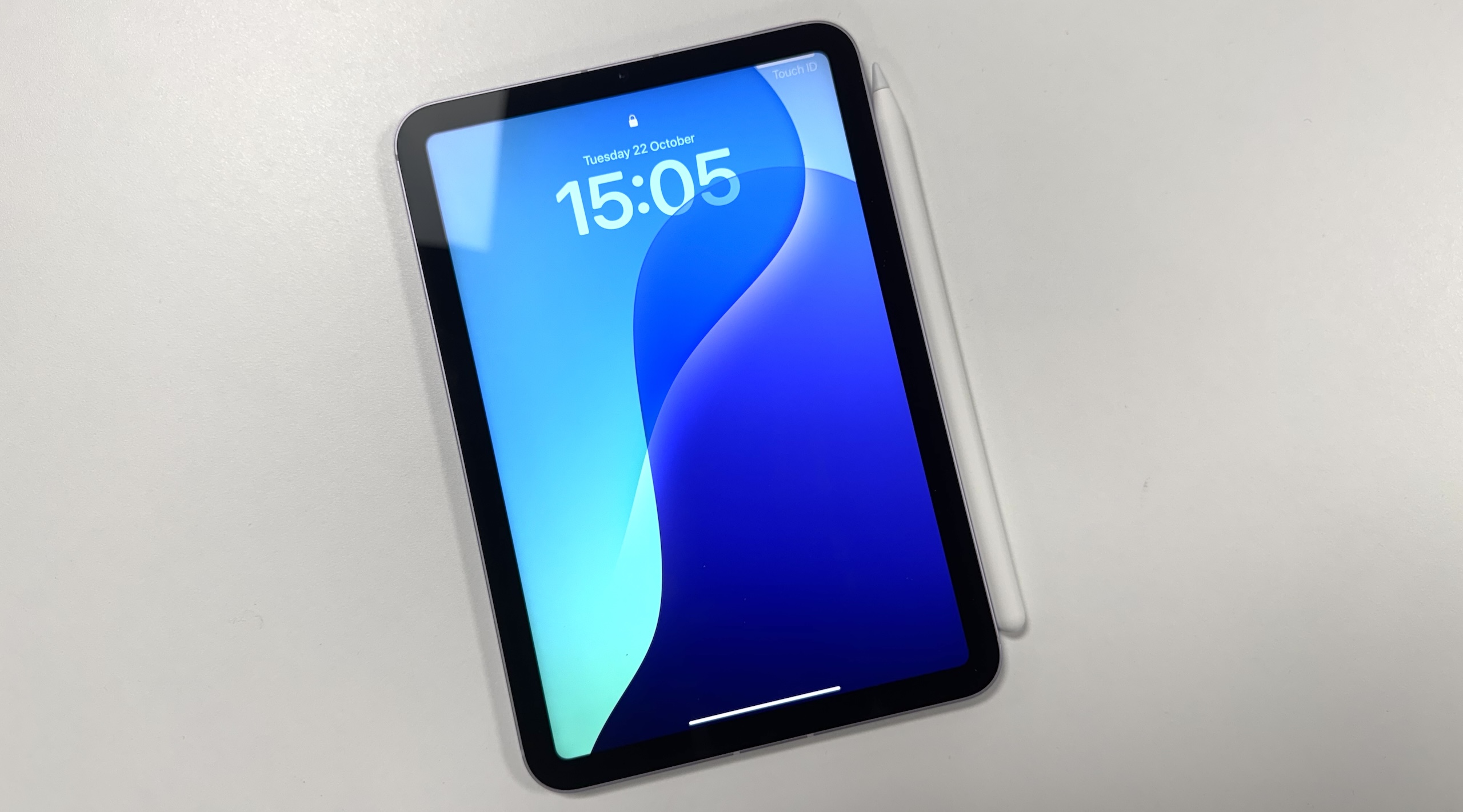
Apple's iPad mini might not, at first glance, seem like the obvious tablet choice for creatives. With its diminutive form factor and 8.3-inch display, this isn't quite the same digital art canvas as the likes of, say, the 13-inch iPad Air or iPad Pro. But with the launch of the iPad mini 7th generation this month, Apple has been keen to declare this the "full iPad experience" just in a smaller body – and after a few weeks of hands-on experience, I'd say the iPad mini 7 certainly makes a compelling case in that regard, making it a uniquely tiny fit for our best drawing tablets roundup.
The iPad mini 7th generation brings the A17 Bionic chip and Apple Pencil Pro support to its tiniest tablet. On the face of it, this is a minor upgrade from the iPad mini 6th generation, with no visual changes save for the addition of a couple of new colours. But there's a lot going on under the hood, making it a tantalising (and tote-able) option for creatives on the go.
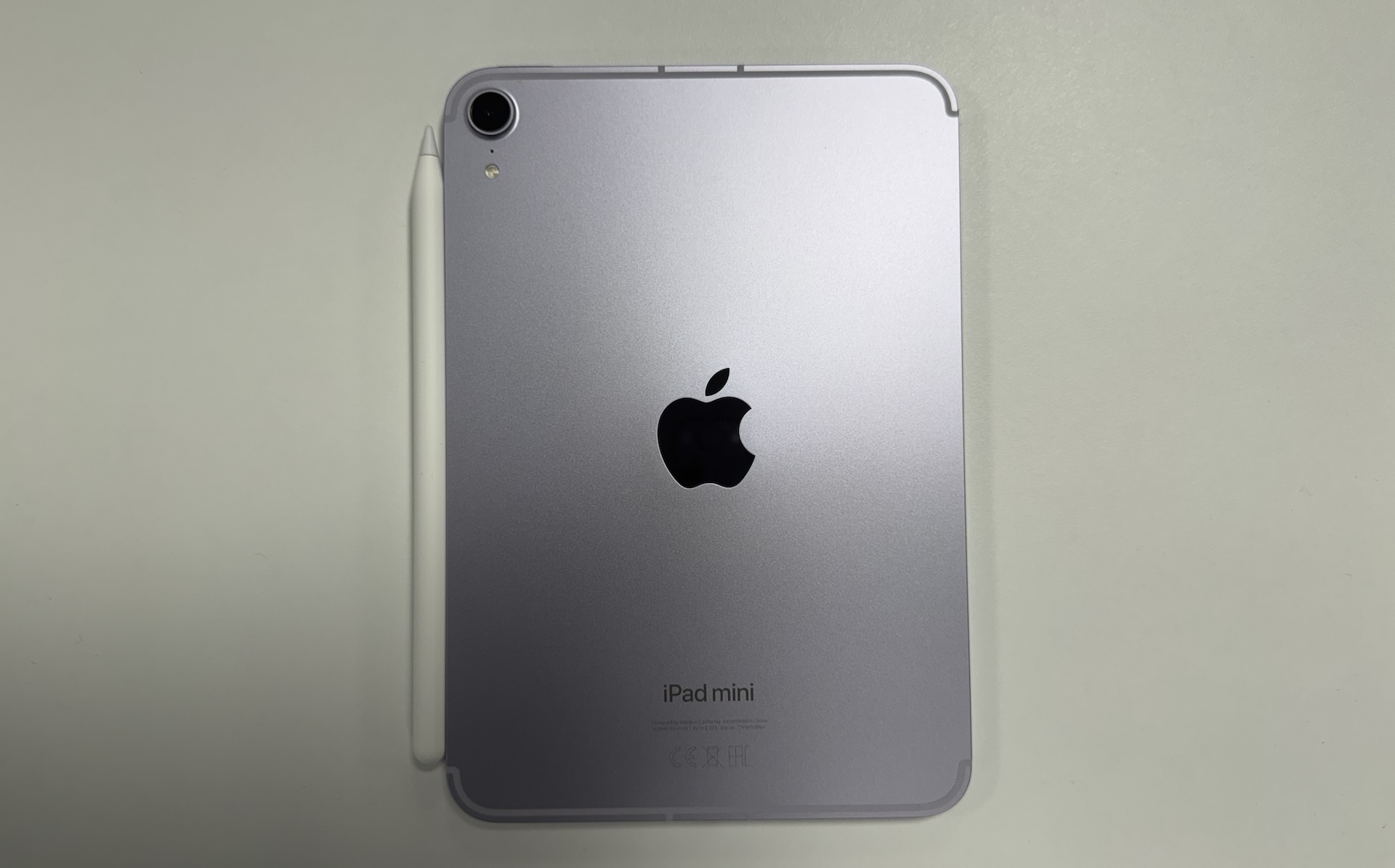
iPad mini 7th generation: Key specifications
Design and performance
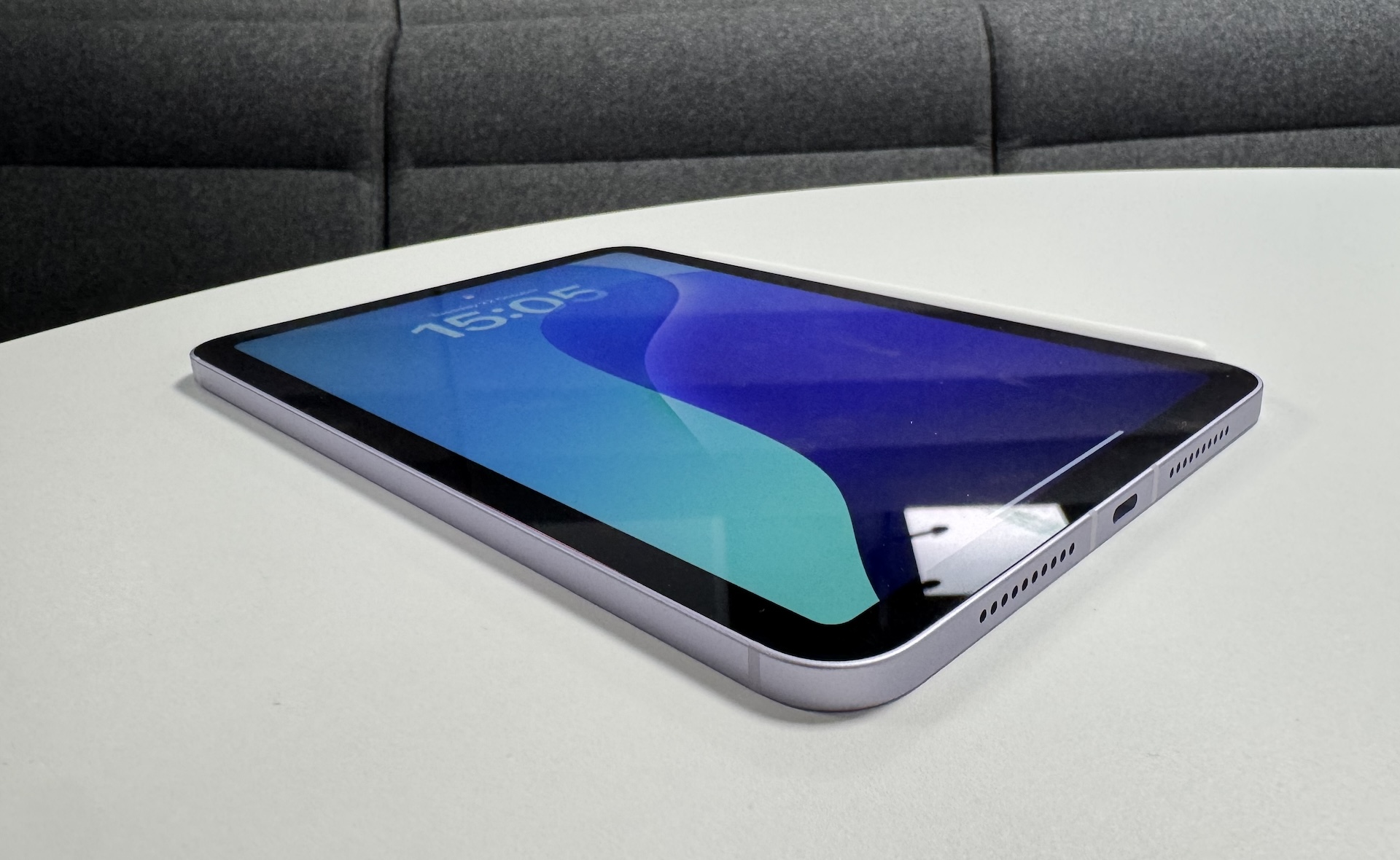
If you've been anywhere near a 6th generation iPad mini, then there's not much to see here as far as design is concerned. The iPad mini 7 is identical to its predecessor, save for the addition of two new hues, purple and blue (and these are very subtle). It's essentially a shrunken-down iPad Air, complete with USB-C, quad speakers and an 8.3-inch Liquid Retina display. It's the perfect size for chucking in a tote bag, and at 293 grams it's the lightest iPad out there.
If there's one major disappointment here, it's that display. While Apple may have quietly improved the infamous jelly-scrolling issue, we're still seeing the same 60hz display. It would have been great to see Apple's super-smooth 120hz ProMotion tech hit the iPad mini, and while OLED might have been too much to ask, a brighter and smoother display would have helped turn this into the ultimate 'full' mini iPad experience Apple is touting it to be. That said, the display is still an improvement over the basic 10th generation iPad, as it's fully laminated and has an anti-reflective coating.
While things look the same as before on the outside, inside it's a different story. One of the headline features of the 7th generation iPad mini is its powerful A17 Pro chip. This offers 30% faster CPU and 2x faster Neural Engine. And the performance boost can be felt across the device, from the UI to creative apps.
Editing photos across the Adobe Suite, or creating 3D models in ZBrush is a breeze on the A17-powered iPad mini, and in my initial testing I was unable to find any creative task that the iPad mini particularly struggled with. The most notable difference between this and the iPad Pro was in exporting 4k video from LumaFusion. This took almost twice as along, and caused the iPad itself to warm up, which isn't an issue on the Pro. But it still gets the job done impressively.
The performance boost is also particularly clear when it comes to gaming. Hardware-accelerated ray tracing (4x faster than software-based ray tracing) means graphics-intensive AAA games like Zenless Zone Zero look absolutely stunning, even on the smaller display.

iPad mini 7th generation as a creative tool
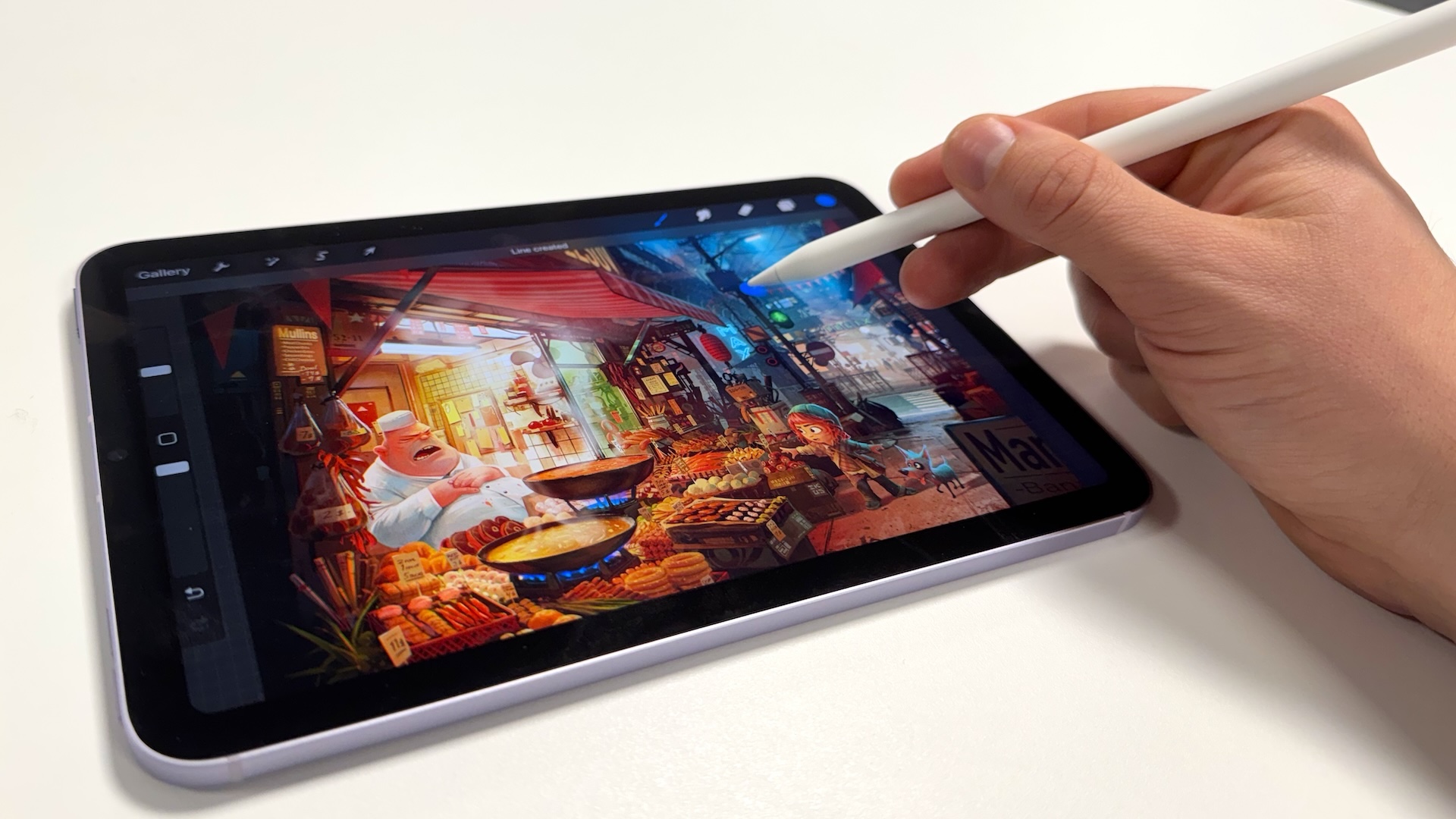
The other major update for the iPad mini is Apple Pencil Pro support. This unlocks a bunch of new writing and drawing tools, and could be worth the update alone for digital artists.
Barrel Roll is one of the most impressive new features. Thanks to a brand new gyroscope, rotating the barrel of the pencil changes the orientation of shaped pen and brush tools, just like pen and paper – and Pencil Hover means users can see a preview of the brush's orientation rotating in realtime before even touching the display.
And then there's the haptic engine. Like AirPods Pro 2, the Apple Pencil can now be squeezed to access tools and settings. A new sensor in the barrel lets users bring up a tool palette to quickly switch tools, line weights colours and more. And like the best features for artists, it's basically a massive time-saver – instead of tapping the screen, the user simply squeezes, interrupting the creative process far less.
As far as speed and performance go, the iPad mini is pretty much as capable as the iPad Air. Procreate in particular runs extremely well, coping with several layers on even a 10,000x10,000-pixel document. And aside from the aforementioned minor slowdown when exporting 4K video from LumaFusion, this thing is quite the mini marvel when it comes to creative tasks.
For a creative, it all comes down to the size of that screen, and the fact that it doesn't pack OLED technology or a ProMotion refresh rate. If carrying the tablet around with you is a priority, the mini is a no-brainer. If you need the biggest and brightest screen for the likes of Procreate, you might want to take a look at our iPad Pro M4 review.
Price and availability
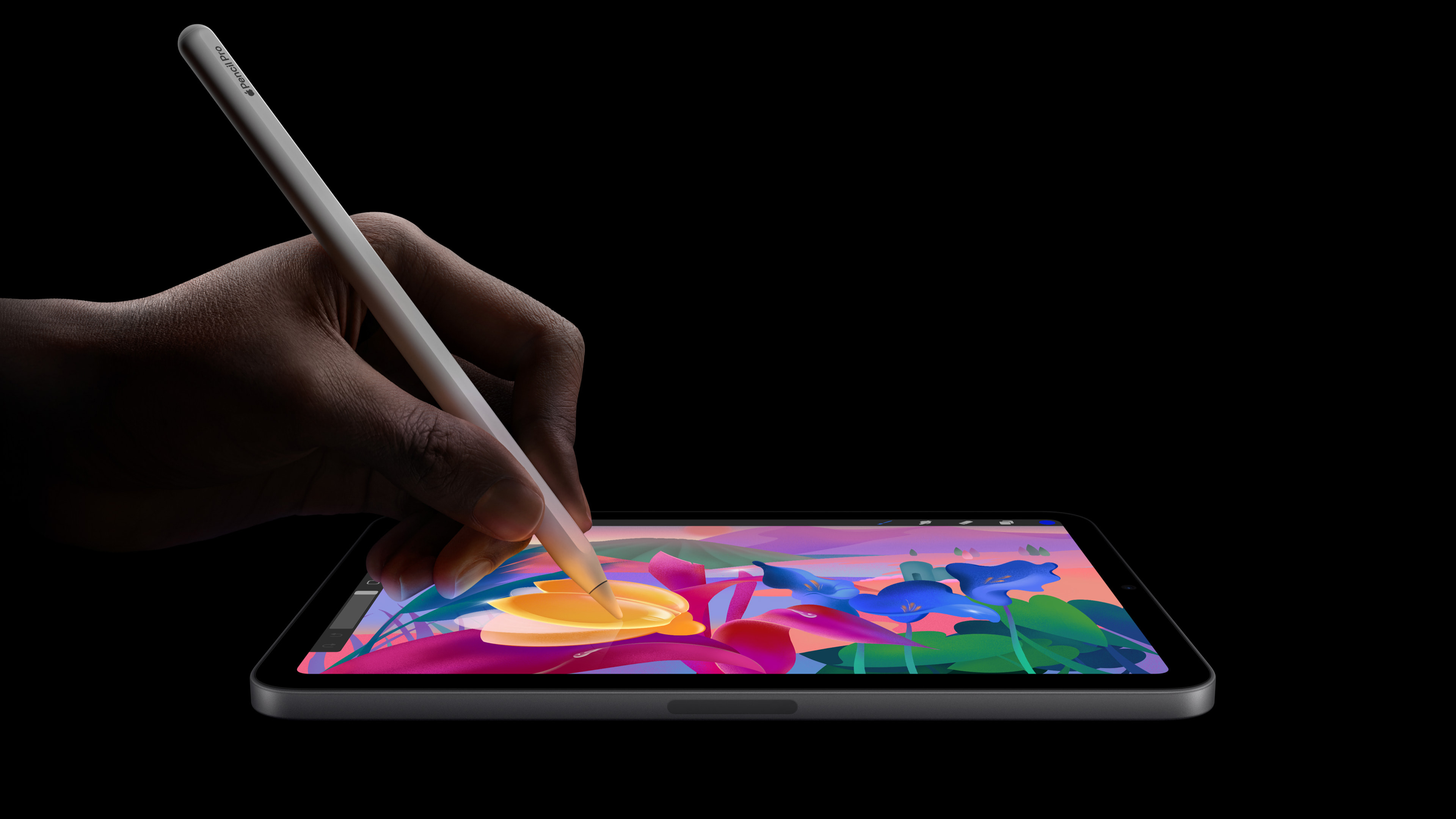
This review was done with the 512GB iPad mini in purple. Other colour options include Blue, Space Grey and Starlight. The base 128GB model is from £499. For the maximum 512GB, you are looking at £799, and the addition of cellular connectivity adds £150 to the price, bringing you into iPad Pro territory.
Should I buy the iPad mini 7th generation?
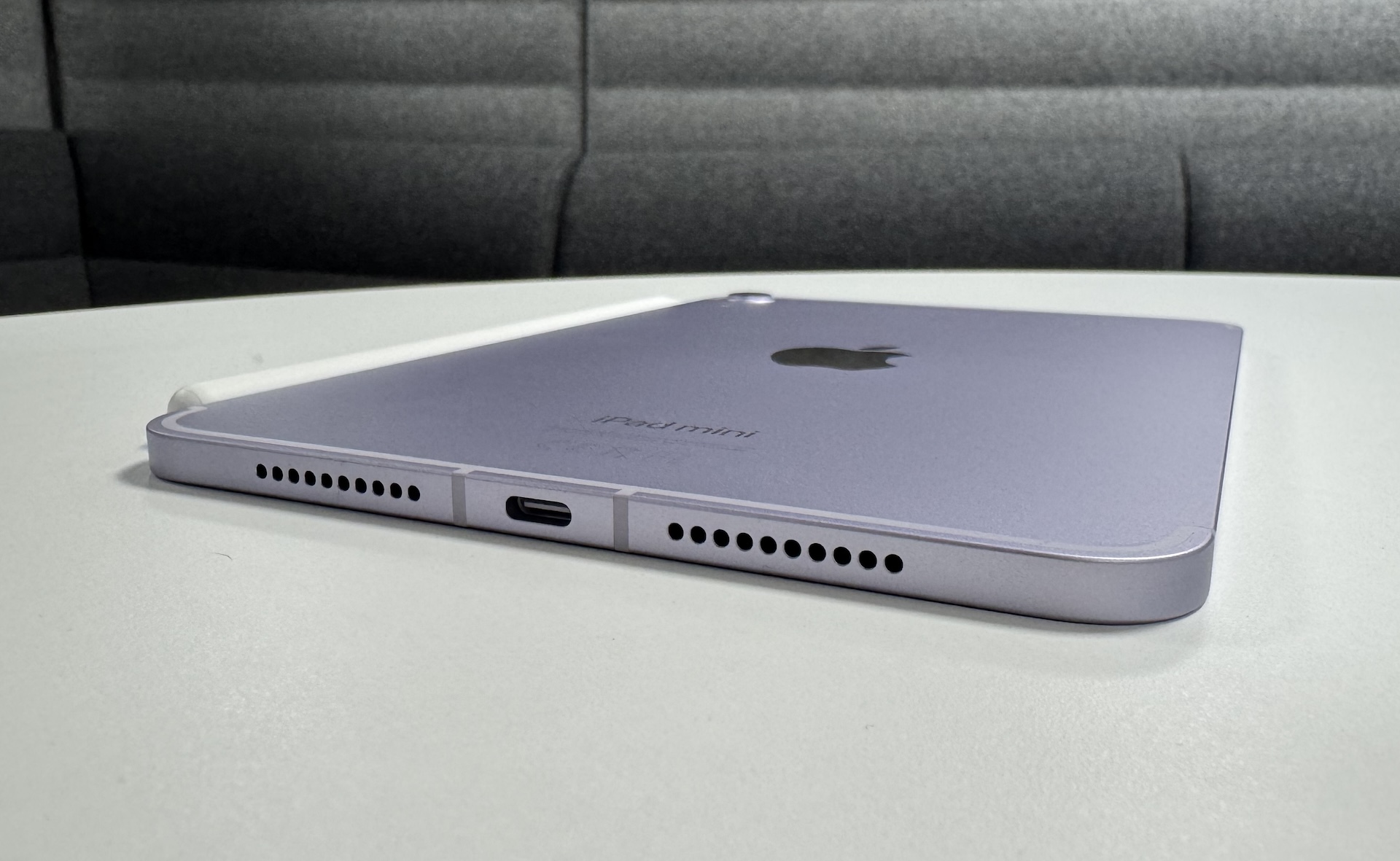
For iPad mini 6 owners, whether or not you'll want to upgrade the the 7th generation ultimately comes down to two factors: the chip, and Apple Pencil Pro support. The latter is a compelling development for digital artists, bringing the full iPad digital sketching experience to the mini, with the likes of Barrel Roll and haptic feedback now available on the tiny form factor. The chip, meanwhile, unlocks Apple Intelligence features and enhanced performance across the board, from creative apps to gaming. But this is very much an evolution rather than a revolution, and if you're happy with the performance of your iPad mini 6 and Apple Pencil 2, you might be happy sticking with what you've got.
But if this is to be your first entry into the iPad mini product line, it's a no-brainer. With 'mini' Apple products falling by the wayside over the last few years, most notably the iPhone mini, it's refreshing to see the iPad mini get an update. With a powerful new chip and support for the latest Apple Pencil, it's as future-proof as it gets.







